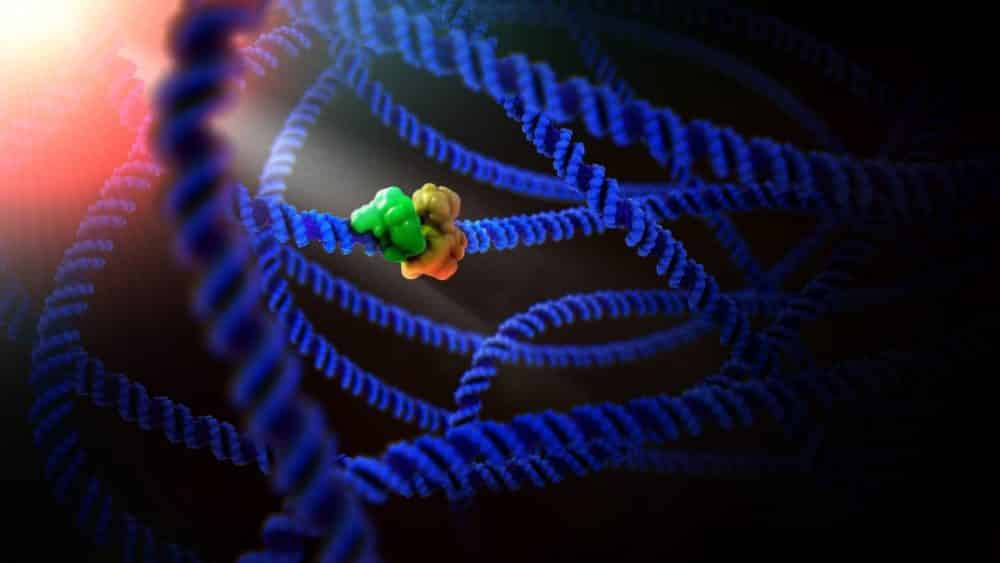A Synthetic Molecule That Sabotages a Viruses’ Ploy for Infection
Retinoic acid-inducible gene I (RIG-I) is an innate immune sensor that plays a key role in recognizing and responding to infection by RNA viruses. The gene is activated under conditions that introduce a terminal, double-stranded RNA (dsRNA) molecule into the cell. These molecules can include viral genomes, replication intermediates, and any other species containing a stable RNA duplex that is terminated with a 5′-triphosphate or diphosphate group.
This activation eventually leads to a series of events involving a variety of antiviral effector functions. When appropriately delivered and modulated, RIG-I agonists would be promising tools for application in immuno-oncology, antiviral prophylaxis, and vaccine adjuvant development. However, all these applications require a specific and potent RIG-I ligand that is functional in vivo.
Therefore, through a new study, researchers at Yale have now developed a set of synthetic molecules that may help boost the strength of this key, virus-fighting protein. The Yale team, led by biologists Anna Pyle and Akiko Iwasaki, has designed molecules that jump-start the process. These synthetic, stem-loop RNA (SLR) molecules can be visualized as short cords with a knot at one end. The configuration enables the SLRs to bind
with RIG-I molecules in a way that prompts an aggressive response.
“When you tickle RIG-I with this small, RNA hairpin, it alerts the body that it’s time to respond,” said Pyle, professor of molecular, cellular, and developmental biology, and of chemistry, at Yale, and co-corresponding author of the study. “This gives us a tool that can help with everything from the design of better vaccines to better antivirals and anti-cancer therapies.”
Previous work by the team has suggested that RIG-I function can be controlled and exploited pharmacologically through stimulation with small, well-defined RNA ligands that are no larger than other therapeutically administered oligonucleotides.
Structural studies, quantitative biochemical work, cell-based assays, and imaging studies have all established that RIG-I is an “RNA end-capper” that encircles a 10–base pair (bp) RNA duplex as a monomer and forms a network of specific interactions with the terminal base pair and the 5′-triphosphate.
RIG-I binding to short dsRNA is sufficient to trigger MAVS activation, and this process is enhanced by K63-ubiquitin, which promotes multimerization of the RIG-I CARD domains. On longer dsRNA (>40 bp), RIG-I forms aggregated filaments in vitro, and signaling in cell culture is less dependent upon K63-ubiquitin. However, the study could not elucidate the RIG-I oligomerization requirement for in vivo signalling.
The new study represents the first time scientists have been able to specifically manipulate and analyze the RIG-I biosensor in a living animal — in this case, mice. The Yale researchers said further study is needed in order to gauge the potential for developing new drugs for everything from flu to various forms of cancer.
“I was shocked to see how potent this small RNA molecule is in stimulating antiviral interferon responses in mice. For its specificity and potency, we now use SLR for all of our RIG-I research in the lab,” said Iwasaki, professor of immunobiology and of molecular, cellular, and developmental biology, and co-corresponding author of the study.






























